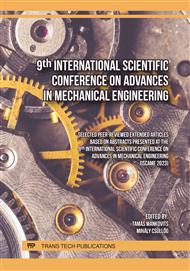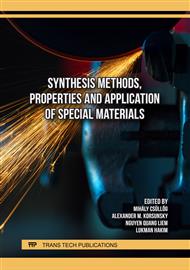p.43
p.51
p.61
p.71
p.81
p.87
p.97
p.109
p.119
Determination of Flash Points of Flammable Mixtures for Explosion Protection
Abstract:
The flash point is the temperature at which the surface of a flammable liquid already produces enough vapour to burst under the influence of an ignition source, such as a spark. When determining the explosion hazard areas of a technology, if it is a combustible liquid, this value is used to determine the fire hazard class according to the current BM Decree 54/2014 (XII. 5.) in Hungary. Also for storage tanks, if flammable liquids are stored, a fire hazard class is determined according to MSZ 9790:1985, which is also based on the flash point of the flammable liquid. It is true worldwide that, for flammable liquids, the flash point data is the basis for determining whether or not there is a risk of explosive vapour under normal operating conditions. In principle, there are two types of flash points, open-cup and close-cup, which should be determined according to EN ISO 13736:2021/A1:2023, EN ISO 2719:2016/A1:2021, ASTM D93:2020, IP 34:2021, ASTM D92:2018, EN ISO 2592:2018, IP 36:2002. For a completely homogeneous liquid, the situation is straightforward because the flash point has already been determined and is treated uniformly in the literature, despite small variations. However, in the case of an inhomogeneous medium containing all percentages of combustible liquid and, for example, water, the flash point will be higher than the value determined for a completely pure combustible liquid. But how much higher? The testing methods described in the standard may not be quickly and easily available to everyone. Based on the current literature, it is possible to determine the flash point of the mixture using a relatively small number of input parameters (Antoine constant, vapour-liquid equilibrium) as a good approximation. The aim of this paper is to describe this relationship by presenting the flash points of ethanol-water and methanol-water mixtures. This is important because if the flash point of a mixture is no longer within the range of explosion protection measures required by regulation or standard, there is no safety justification for the installation and use of explosion-proof designs and additional operational benefits in the EHS area.
Info:
Periodical:
Pages:
81-86
Citation:
Online since:
September 2024
Authors:
Keywords:
Price:
Сopyright:
© 2024 Trans Tech Publications Ltd. All Rights Reserved
Share:
Citation:



